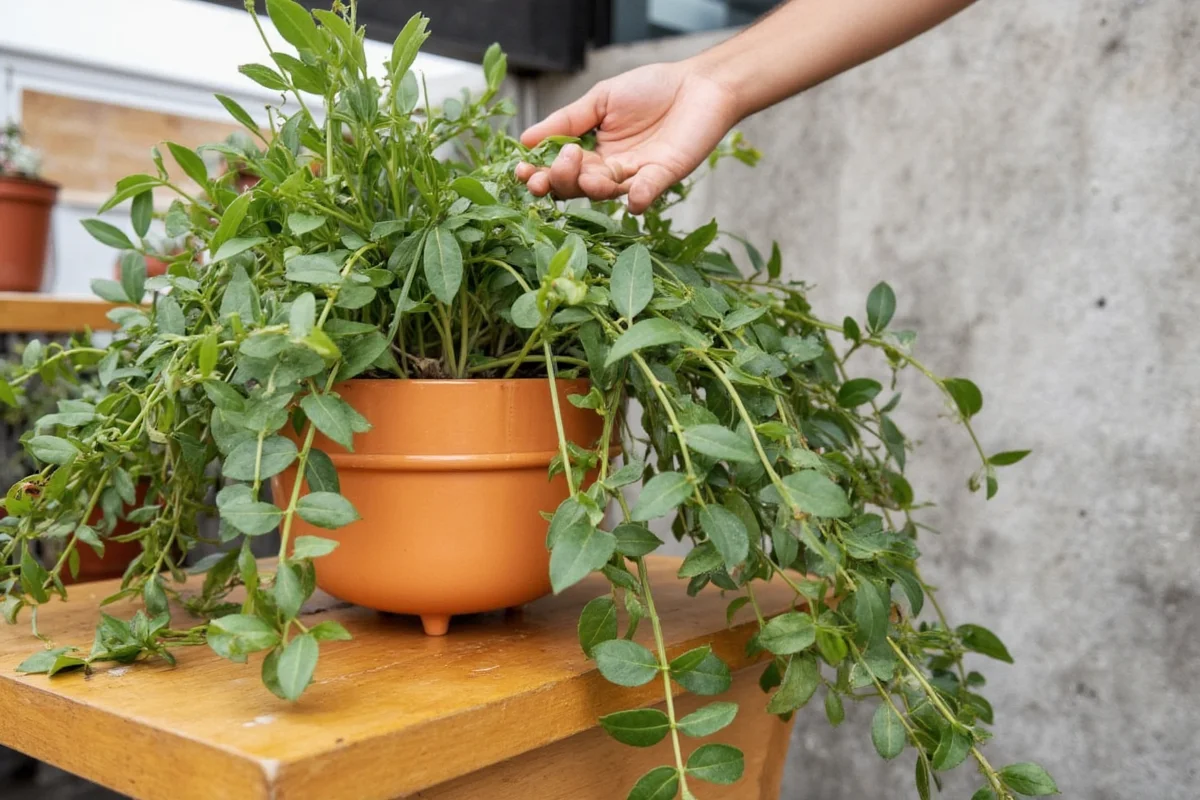Propagating succulents can be a fun and rewarding experience, even for beginners. These resilient plants can be easily multiplied using a few simple techniques. Whether you're looking to expand your collection or share plants with friends, propagating succulents is quite straightforward. This article will guide you through five methods of propagation, offering you an easy-to-follow journey to success with your succulents.
Understanding the Basics of Succulent Propagation
Before we delve into specific methods, it's crucial to grasp the core principle of succulent propagation: patience. Succulents are hardy and their ability to grow from leaves, cuttings, or offsets makes them a popular choice for indoor plants. Here's what you need to know:
- Propagation Methods: Most succulents can be propagated by leaves, stem cuttings, and offsets. Each method suits different succulent types.
- Seasonality: Spring and summer are the best seasons for propagation due to active growth phases.
- Environmental Needs: Ensure proper light, water, and soil conditions for successful propagation.
Understanding these basics will set a solid foundation for all your succulent propagation endeavors, ensuring healthy growth and vibrant plants.
Propagating Succulents from Leaves
One of the easiest methods to propagate succulents is by using their leaves. This involves removing a leaf from the parent plant and allowing it to grow roots independently. Follow these steps:
- Select a Healthy Leaf: Choose a plump, firm leaf as they are more likely to succeed in propagation.
- Remove the Leaf: Gently twist the leaf from the stem; make sure the leaf comes off cleanly with no remnants on the stem.
- Allow to Callus Over: Place the detached leaf in a dry location out of direct sunlight for a few days until the end forms a protective callus.
- Encourage Rooting: Set the calloused leaf on well-draining soil and occasionally mist with water to encourage root growth.
- Transition to Soil: Once roots form, pot the leaf in well-draining soil, and watch for small plantlets to develop at the base.
Patience is key as leaf propagation can take several weeks, but the resulting plants are well worth the wait.
Propagating Succulents from Stem Cuttings
Stem cuttings offer another reliable propagation method, especially for leggy succulents. With just a few steps, you can nurture new plants easily:
- Identify the Cut: Choose a succulent with elongated stems and snip at least a few inches below the rosette.
- Prepare the Cutting: Remove a few bottom leaves from the cutting, exposing some stem to enhance rooting.
- Allow to Dry: Let the cut end dry and form a callus over the next few days to prevent rot.
- Plant the Cutting: Insert the prepared cutting into potting soil laid on a tray or pot, providing a stable environment for root development.
- Care for the New Plant: Keep the soil slightly moist and provide bright, indirect light until roots establish.
Stem cuttings are particularly suitable for trailing or tall succulent varieties and yield new plants promptly.
Propagating Succulents from Offsets and Pups
Some succulents, such as aloes and certain agaves, produce offsets or pups which are natural clones of the parent plant. Here's how you can harness these new growths:
- Locate Mature Offsets: Identify small plants growing around the base of the mother plant.
- Separate the Offset: Use a sharp, clean knife to gently detach offsets while trying to preserve the roots.
- Prepare for Planting: If no roots are visible, allow the offset to dry for a day to form calluses.
- Pot the Offset: Plant the offset in a suitable, well-draining succulent mix, ensuring proper contact with the soil.
- Aftercare Essentials: Water lightly and provide bright, indirect light for rapid growth.
Offsets are perhaps the simplest way to propagate succulents as they have a natural head start, often acclimating quickly to their new environment.
The Role of Water in Succulent Propagation
Water propagation is a fascinating technique gaining popularity, especially among succulent enthusiasts seeking quicker root growth. Here's how you can exploit this method:
- Select a Cutting: Use either a leaf or stem cutting, depending on the succulent variety.
- Prepare for Water Propagation: Let the cutting callus over several days before placing it in water.
- Choose the Right Container: Use a shallow dish or jar with just enough water to cover the base of the cutting.
- Encourage Root Growth: Replace water regularly to prevent bacterial buildup, and keep in indirect sunlight.
- Transplanting: Once roots are a few inches long, transfer the cutting to soil and continue caring for the new plant.
While not as traditional as soil methods, water propagation can be a nifty way to observe root development and enjoy the beauty of succulent growth.
In conclusion, propagating succulents is an enjoyable process that requires little more than patience and a little know-how. By understanding the different methods available, you can expand your collection, experiment with different types of succulents, and share the joy of these unique plants with others. Remember, each method offers its own rewards, and with care, your efforts will bloom into a lush, verdant array of succulents that will thrive for years to come.











 浙公网安备
33010002000092号
浙公网安备
33010002000092号 浙B2-20120091-4
浙B2-20120091-4